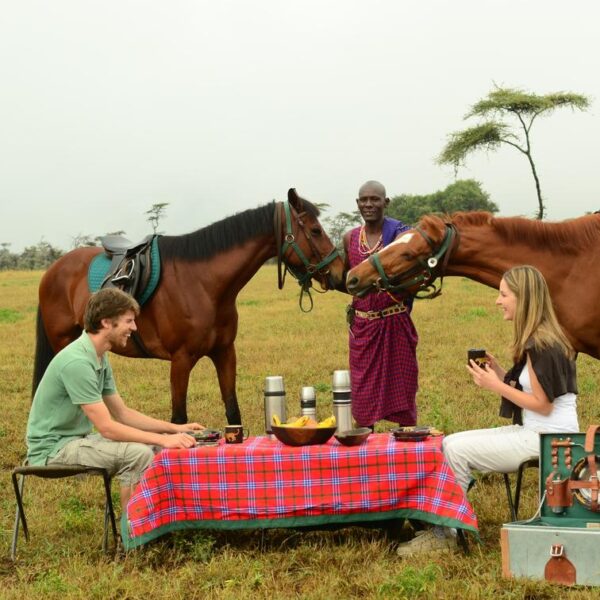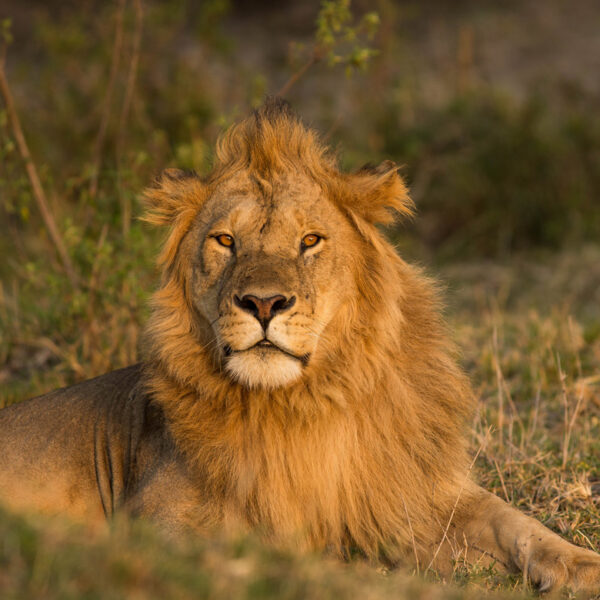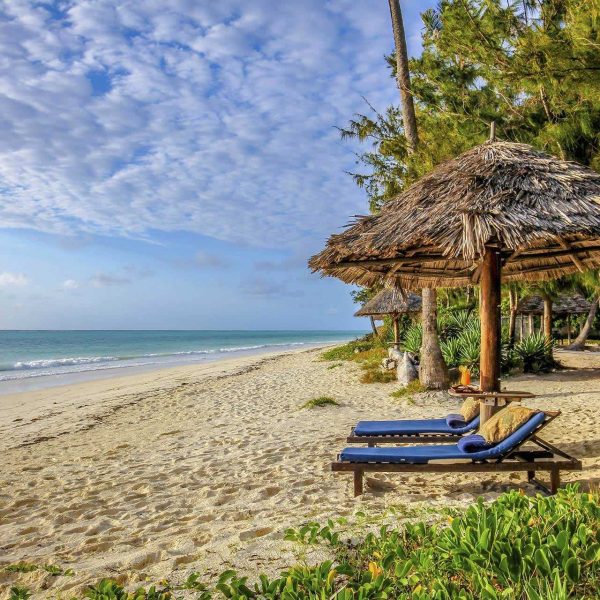Imagine having a front-row seat to witness an action-packed mass exodus of wildlife that leaves only the fittest surviving. The unfolding of millions of wildebeest, zebras, and gazelles moving from one reserve in Tanzania to another Reserve in Kenya; through a crocodile-infested river and with the calculated risks to survive being hunted by lions, hyenas, and cheetahs is an unforgettable sight to behold. This Nat-Geo like episode happens annually in Kenya at the Masai Mara reserve and this phenomenon known as the Great Migration.
The Great Migration sees at least 1.5 million wildebeests accompanied by over 500,000 zebras and gazelles journey from Serengeti in Tanzania to Masai Mara in search of greener pastures and water annually. The best time to take in this epic experience is from July to November. In these months rain falls on the Masai Mara plains making it a preferred option for the animals against the Serengeti Reserve which would be experiencing a hot dry summer season.
The Journey Through Death
The hot and dry summer season at the Serengeti is characterized by dried-up waterholes, brown grasslands, dusty landscapes, and insufficient resources to support the animal population. This is a notable contrast from its wet season between December through March. During that period, the land offers the most favorable conditions for the wildebeest, zebras, gazelles, and other herbivores to thrive and multiply in population. Actually, the wildebeest give birth in Tanzania in the month of February in what is known as the wildebeest dropping. However, as the summer kicks in these increased herds cannot survive as the Serengeti lands become drier by the months. Eventually, the herds make the bold decision to cross over to the Masai Mara to cheat death.
The journey to the greener pastures at the Masai Mara comes with numerous challenges for the animals. First, hundreds of animals die of hunger and thirst during this journey even before the first rains of the season fall. Second, when the rains do fall, the dreadful fast waters of the Mara River stand between these migrating animals and their supply of abundant food and water on the Mara plains.
Crossing the Mara River is a dreadful experience for the animals as it is infested with Nile crocodiles who are ready to pounce, attack, and kill instantly. This scene unfolds every day with hundreds of the animals challenging fate by leaving the safety of the river banks and calculating their moves to successfully cross the Mara River week in and week out. As you witness this phenomenon you can be sure to go through a myriad of emotions from anticipation, worry, excitement, inspiration and so much more.
Finally, if you thought that after crossing the Mara River the animals are free to enjoy the paradise of pasture and water at the Masai Mara, you are gravely mistaken. Predators await the fresh meat that has just made its way to the Mara plains. The lions, cheetahs, and hyenas of the land are quick to attack the wildebeests, gazelles, and zebras after a successful crossover.
It is no wonder the great migration referred to as the Seventh Wonder of the World. It is a display of great tenacity, smart decisions, and quick movements for survival and the reward is the green pastures and abundant water from the Mara.
The scenes of the Great Migration in Masai Mara Kenya are bound to keep any nature and wildlife lover hooked and in anticipation of the next move. Experiencing this phenomenon in person is an unforgettable once-in-a-lifetime opportunity.



